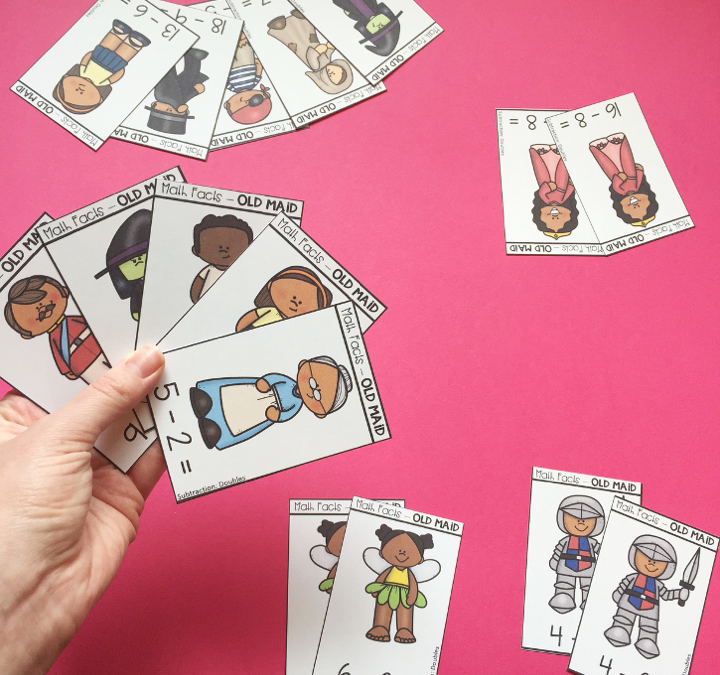We all use math in our daily lives. From counting money to measuring ingredients, we use math in various forms every day. It is crucial for children to learn and understand math concepts from an early age. It lays the foundation for when they move on to higher level math. One of the key aspects of math learning is practicing math facts. By developing proficiency in addition and subtraction, students can improve their problem-solving skills and build confidence in their mathematical abilities. In this blog post, we will explore ways to practice math facts at home and help parents support their children’s math learning journey.
If you’re a parent who has a child struggling with math, you’ve got to check out Learner. Learner is an online tutoring platform that sets students up for success. To get started take a short quiz about your child’s needs. Then Learner’s Success Management Team reviews that and matches your child with the perfect tutor. Get your $25 trial here.
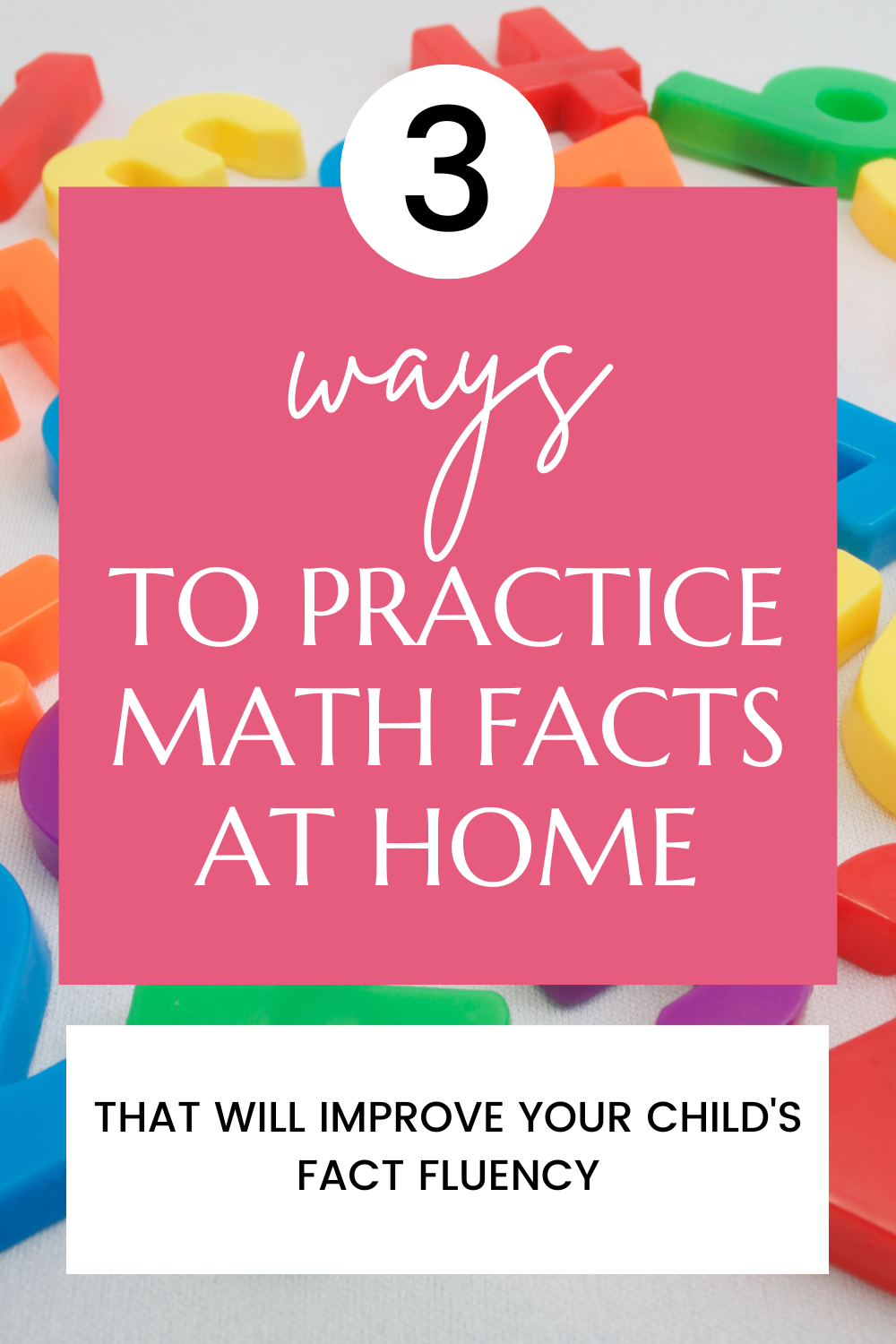
If you want to help children be fluent in math facts, then they need math fact practice daily. I usually share how I do this with my 2nd grade students in the classroom, but today I wanted to share how to practice math facts at home. That way if you are a parent and want to help your child get extra math fact practice, you can get some ways to practice addition and subtraction facts at home with your children.
If you are a teacher and want to give your students resources and ideas to help them have fun ways to practice math facts at home, then keep reading because you can get some ideas too!
How to Practice Math at Home
When you are at home with your child, turn everyday situations into math fact equations.
If you are giving your child some grapes as a snack. Give them a handful and then ask a question like this, “I give you 8 grapes. How many more grapes would you need to have 12 grapes?”
Maybe you only allow your child to have 15 minutes of screen time a day. Your child is about to watch a video, you could say something like this. “You have 15 minutes of screen time a day, this video is 6 minutes. After watching this video, how many more minutes of screen time can you have?”
Here are some more ways on how to practice basic math facts at home:
Grocery shopping: If we buy two cartons of eggs with 12 eggs in each carton, how many eggs will we have in total? If we already have 6 eggs at home, how many eggs will we have altogether?
Baking: If we need 1 cup of flour for a recipe and we have already used 2 cups, how much more flour do we need? If we need 3 cups of sugar and we have 1 cup, how much more sugar do we need?
Money: If you have $10 and you want to buy a toy that costs $6, how much money will you have left? If you want to buy two toys that cost $4 each, how much money will you need?
Time: If it takes 30 minutes to walk to the park and 15 minutes to walk back, how long will the round trip take? If we leave the house at 2:00 pm and it takes 45 minutes to get to the store, what time will we arrive?
Sports: If a soccer team scored 3 goals in the first half and 2 goals in the second half, how many goals did they score in total? If they scored 5 goals in total and 3 were in the first half, how many goals did they score in the second half?
You can turn anything into a story problem where students can practice using math facts!
Ways to Practice Math Facts at Home
Now we know children love games. So bring in some math fact games into your home. These are the games my 2nd grade students love that help them practice addition and subtraction facts in my classroom. But you can play them at home with your child as fun ways to practice math facts at home.
We know children love using devices. So why not easily give them the daily math practice they need with an educational app. If you are looking for a fun math game that students can play on a device, you’ve got to check out Polymath. It’s a free math app! It puts solving math problems into a game that makes math practice so engaging for children. And best part, students can use it at school and at home. Learn more about Polymath here.
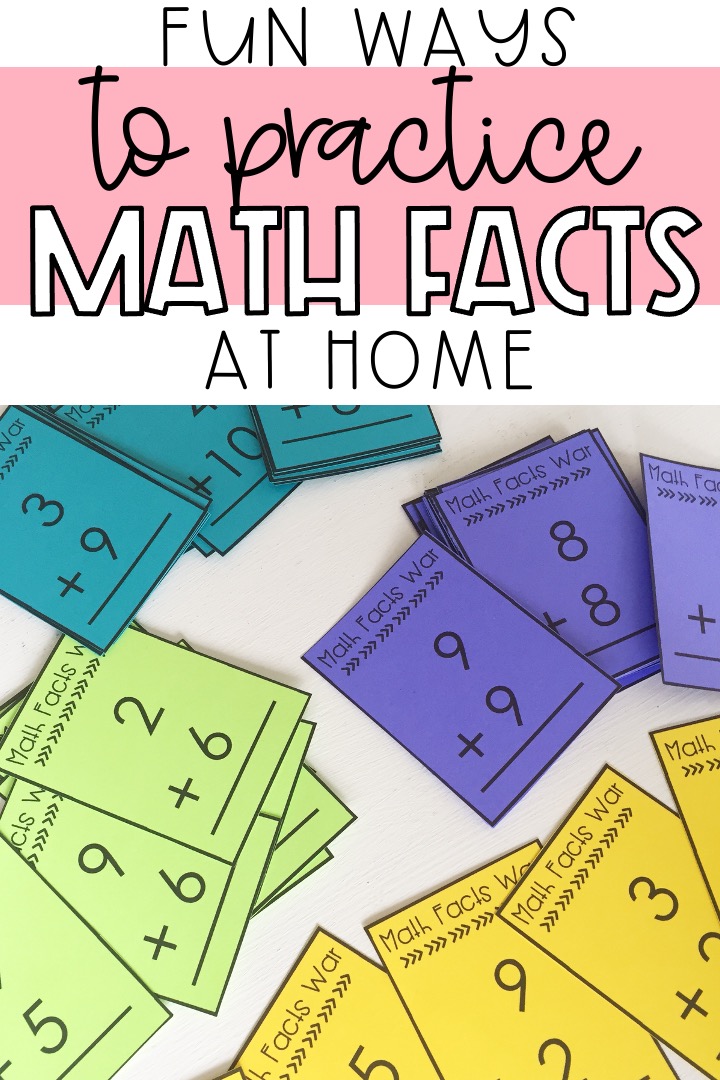
If it’s in the summer, pick one game a day to play with your child. If it’s during the school year, pick a game to play on the weekends. Even playing a math fact game for 15 minutes a day can help improve your children’s math skills drastically.
Math Fact War: In this card game, players take turns drawing cards and solving the math problems on them. The player with the highest answer wins the round and takes both cards. The player with the most cards at the end of the game wins. Find the addition game here. Find the subtraction game here.
Math Facts Go Fish: With this game, you play Go Fish like normal, but the cards have math facts on them. As players make a match, they say the answer to the math facts. Find this game here.
Math Facts Old Maid: Like Math Facts Go Fish, you play this game like regular Old Maid. The cards have math facts on them. When players get a match, they say the answer to the math fact. Find this game here.
Math Facts Bingo: In this game, players are given bingo cards with math equation answers on them. The teacher or parent calls out math problems, and players mark off the answers on their cards. The first player to get a bingo wins. Find this game here.
Math Fact Board Games: These board games have the answer to math facts on the board. Players take turns flipping over the equation card and moving their player piece to the answer of their equation. First player to the end of the board wins. Find these Math Fact Board Games here.
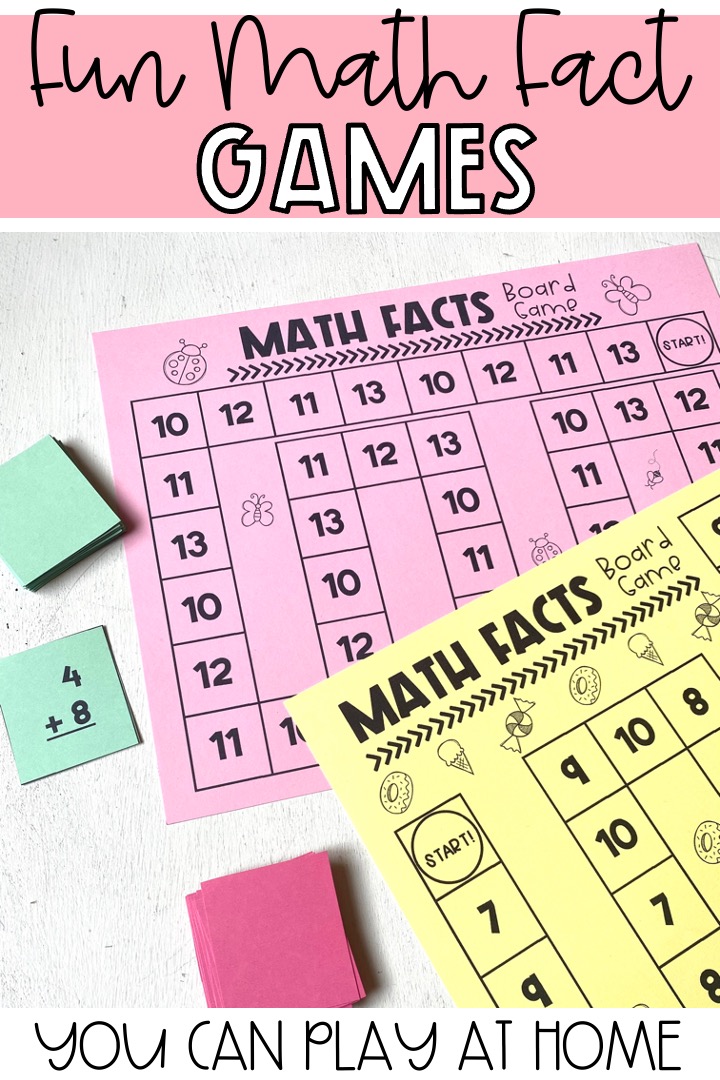
Find all of the printable math fact games I have my 2nd grade students play in this money saving bundle here.
Here are a couple dice games that I love to play with my family. These are fun for children and adults. But the great thing about them is that they help children practice adding the numbers on dice, making it perfect for a way on how to practice math facts at home.
Shut the Box: Shut the Box is a classic dice game that can be played by one or more players. The game is played with a special wooden box that has numbered tiles or pegs that can be flipped up or down. The objective of the game is to flip down all the tiles or pegs by rolling the dice and adding up the numbers rolled. Players take turns rolling the dice and flipping down tiles or pegs that correspond to the numbers rolled. The game ends when no more tiles or pegs can be flipped down, and the player with the lowest score wins. Shut the Box is a fun and challenging game that requires both luck and strategy. Find this game here.
Qwixx: This fast-paced dice game that can be played by 2-5 players. The objective of the game is to score as many points as possible by marking off numbers on a score sheet. Players take turns rolling the dice and marking off numbers on their sheet according to the combinations rolled. The game is won by the player with the most points at the end of the game. Find this game here.
Tenzi: In this dice game, players roll dice and try to get all of the dice to show the same number. To do so, they can add or subtract the numbers on the dice. Find this game here.
How to Practice Basic Math Facts at Home
As I am meeting with parents for parent-teacher conferences, I or the parents might have a concern with their child’s math fluency. If this is the case, I print off a packet of math fact worksheets that students can complete at home with their parent’s help.
These are not regular timed math fact worksheets. Instead these focus on helping students to learn both counting strategies and mental strategies for solving addition and subtraction facts.
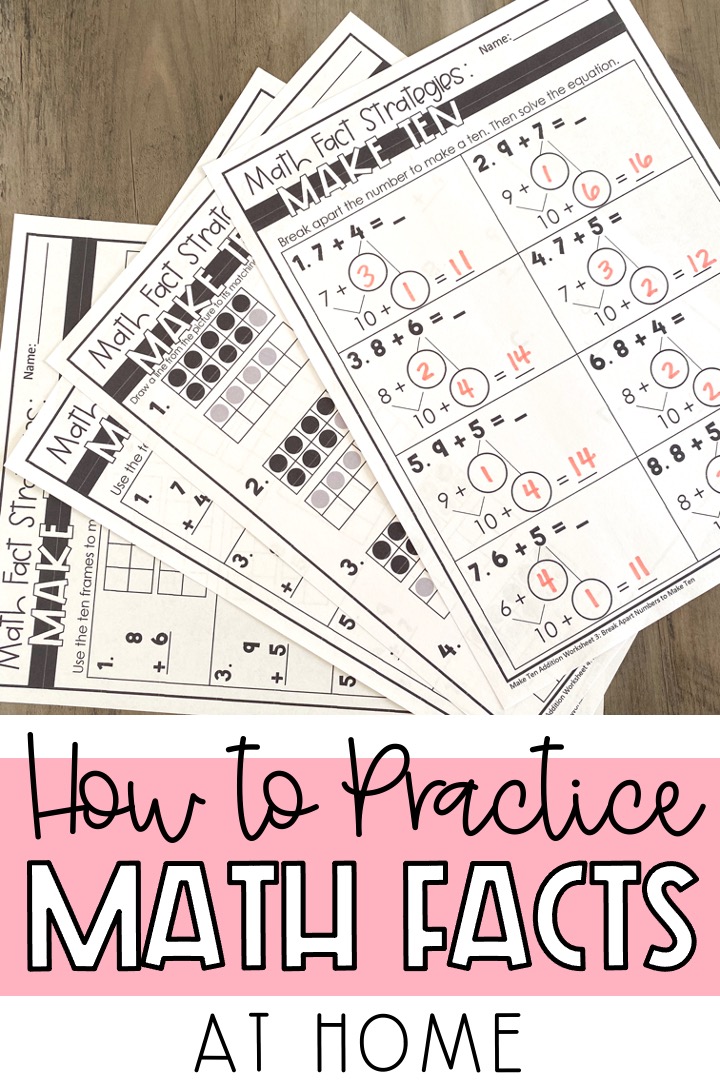
This helps students build math skills and number sense instead of relying on rote memorization, which is more beneficial in the long run. As students solve math facts with strategies, their brains make meaningful connections and they are able to commit the facts to memory over time. And even if a child forgets a fact in the moment, they can choose a strategy to solve and get to the answer in 5 seconds or less.
I also send home 8.5 by 11 anchor charts that go with each strategy so that parents know how to help students with them.
I tell the parents that when their child has completed the packet, have the child bring it to school and they get get a prize from our treasure box. This makes it motivating for the child.
Find the strategy worksheets I send home plus the anchor charts here.
Learn more about each math fact strategy here in this blog post: Math Fact Strategies That Work
I hope that you have been able to get some great ideas on ways to practice math facts at home. Good practice comes by making everyday situations into math fact practice opportunities and by playing math fact games with your child. You may have noticed that I didn’t suggest using an app or a computer program. It is so easy to put math facts into hands on games that children love. Play and interact with your child 10-15 minutes a day in regards to math facts and see how they grow with their mathematical abilities.
As an Amazon Associate I earn from qualifying purchases.

